Last Updated on August 2, 2021

PLOT: The lives of an organ harvester, a luchador, a motel owner, a pregnant woman, and a pair of thugs collide over the course of one violent day.
REVIEW: Quentin Tarantino's debut feature RESERVOIR DOGS was a breakout success, but it was his Oscar-winning follow-up PULP FICTION that truly launched a thousand (give or take) imitators. After that film hit in 1994, everyone and their cousin was trying to make a quirky crime thriller packed with attempts at clever dialogue, with varying degrees of success. The post-PULP boom died out pretty quickly and Tarantino has moved on to different styles of filmmaking, but now director Ryan Prows has arrived on the scene with his debut feature LOWLIFE, a quirky crime thriller that features some clever dialogue and is the most PULP FICTION-esque film I've seen since the late '90s.
Comparisons to PULP FICTION are unavoidable. LOWLIFE is set in Los Angeles and tells its story in chapters, going back and forth in time while following multiple characters, most of them criminals, who all turn out to be connected to each other in some way. The influence of Tarantino's film on this one is very apparent. But even though it has the shadow of PULP looming over it, Prows and his co-writers (Tim Cairo, Jake Gibson, Shaye Ogbonna, and Maxwell Michael Towson) still managed to craft a film that feels unique and original.
At the center of everything is style-conscious (he seems like he's going to be one of those Tarantino type of characters who's obsessed with Elvis Presley when first introduced, but thankfully any Elvis appreciation isn't delved into) criminal Teddy Bear, a thoroughly detestable character who is played by Mark Burnham and runs a black market organ harvesting operation out of the basement of his taco restaurant. Every other character in the film is in Teddy's orbit in some way.
Hotel owner Crystal (Nicki Micheaux) gave her daughter to Teddy to raise as his own a couple decades earlier and is now hoping the girl might be willing to donate a kidney to her ailing husband. That daughter is pregnant heroin addict Kaylee (Santana Dempsey). Teddy's accountant Keith (Shaye Ogbonna) gets forced to do an abduction job for his client and brings his friend Randy (Jon Oswald) with him. Randy just walked out of prison after serving an eleven year sentence – he took the fall for Keith – with a swastika tattooed on his face, which is quite a shock to his African American best friend. Randy will defend himself against any criticisms of the tattoo; he's not racist, and this offensive ink helped him struggle through the race wars that were constantly being waged behind bars.
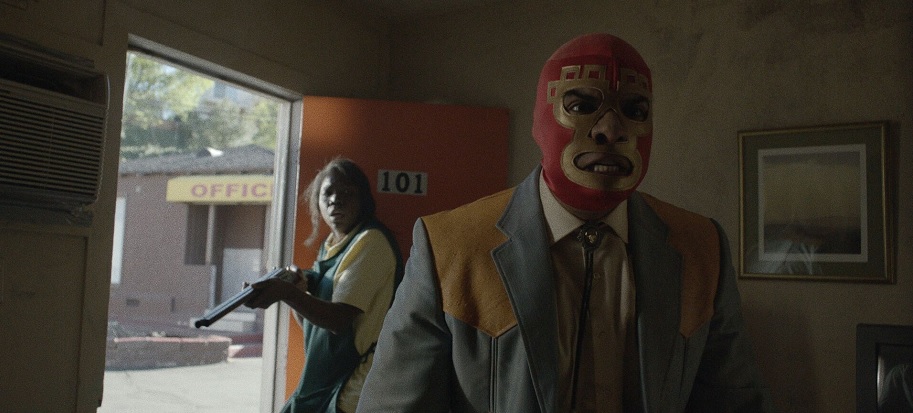
The character who may be the film's greatest drawing point is luchador El Monstruo (Ricardo Adam Zarate), and when I first heard that there was going to be a movie involving a luchador and an organ harvester who preys on illegal immigrants, it honestly caused me to imagine a film much different from what LOWLIFE is. El Monstruo is not a virtuous luchador hero along the lines of El Santo. We get the impression that's the sort of character his father was, a legendary protector of the Mexican people. I expected El Monstruo to be played for broad comedy, but Prows, his co-writers, and Zarate actually make him something of a tragic character with real emotional depth. He's not fighting against Teddy, he has set aside his morals (and let down his father's legacy) to work for the man. El Monstruo has had a hand in some terrible things, and that weighs heavily upon him as he awaits the birth of his first child.
El Monstruo's psychological burden is especially apparent when he flies into blackout rages, and though it is occasionally amusing when the luchador comes back to his senses to find that he has ripped someone's hand off or smashed in a head, he's not the over-the-top comedic character I had expected. It was nice to see that he was more than just a joke.
Most of the film's comedy is actually provided by Keith and Randy, and Prows and Oswald were successful at making Randy one of the most likeable and entertaining people in the film despite the swastika. The swastika really doesn't make any sense for the character, but that's part of the humor.
While it has some laughs, LOWLIFE also gets incredibly dark at times – as you find right up front, with credits appearing over a grotesque sequence of Teddy killing a middle-aged woman, then proceeding to cut her body open and dig out her organs. That's the darkest the movie gets, but putting that right up front prepares you for the violence, bloodshed, and unexpected sights that are to follow.
LOWLIFE isn't destined to become the pop culture phenomenon PULP FICTION was, but it is better than a large number of that film's '90s imitators were, and it is sure to find an audience that's going to absolutely adore it. They will for good reason, as it's a well made film that tells an interesting story, moves along at a good pace, and has a tone and style all its own. There's no other movie out there offering what LOWLIFE can provide.
I only expected absurdity from this film, but Prows delivered a darker, wilder, and more entertaining ride than I anticipated.


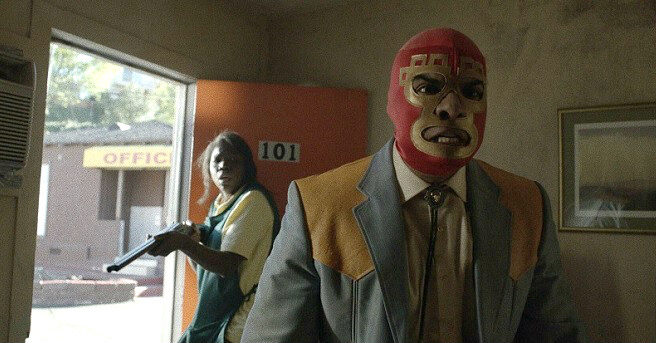




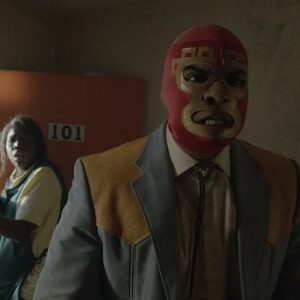
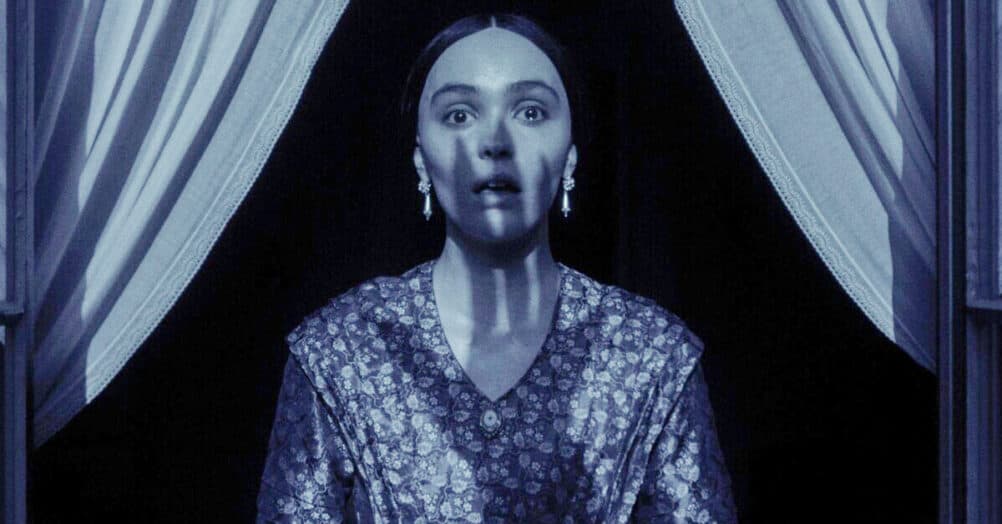


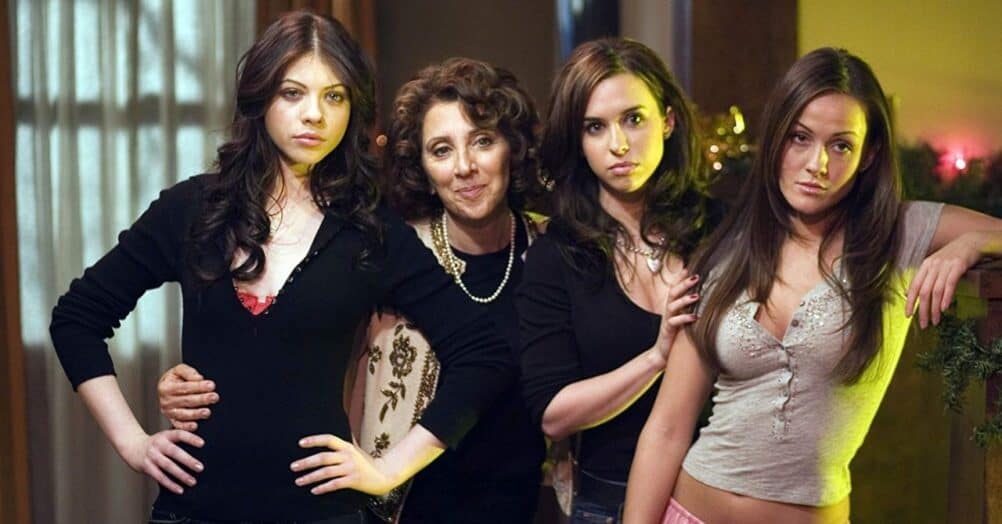
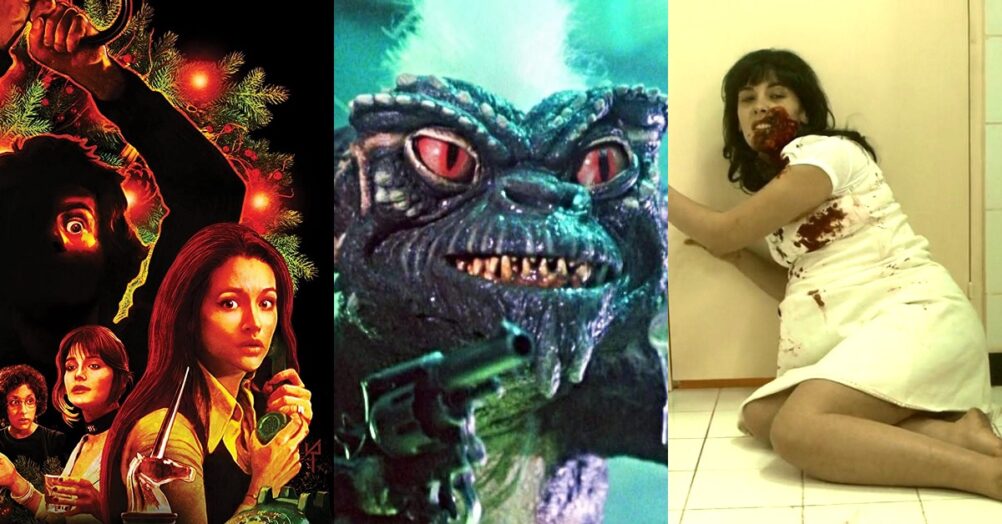



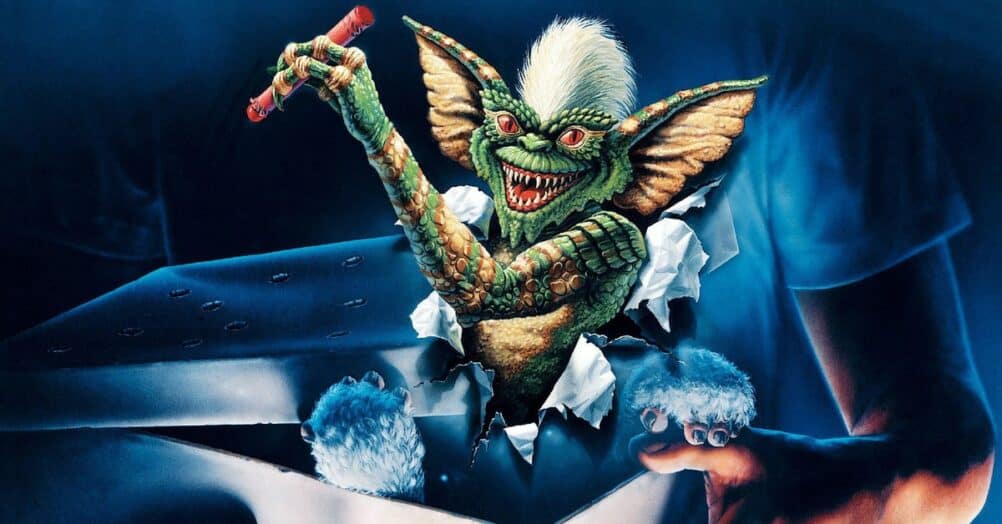

Follow the JOBLO MOVIE NETWORK
Follow us on YOUTUBE
Follow ARROW IN THE HEAD
Follow AITH on YOUTUBE